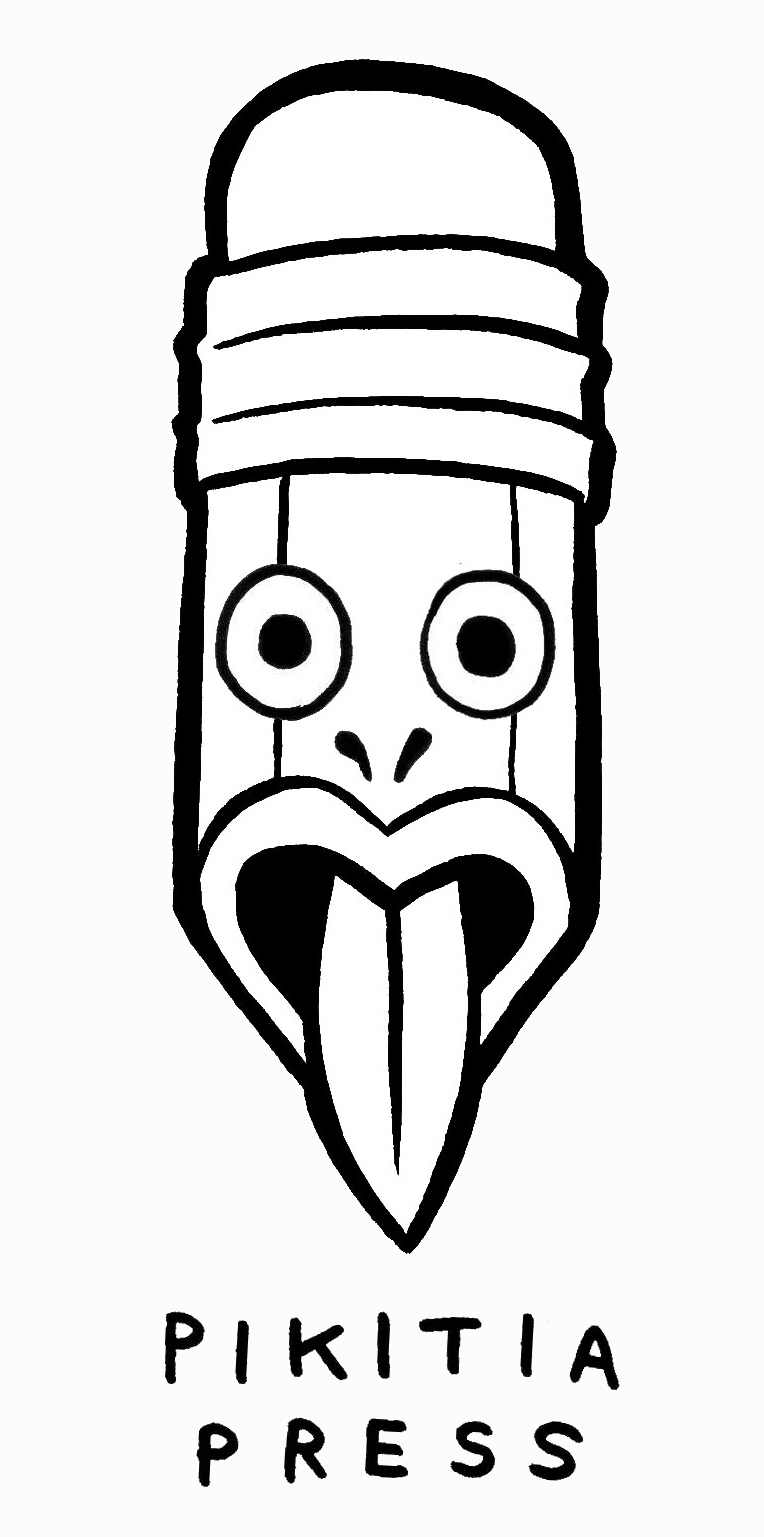Carl Shreve was an American artist, journalist and adventurer who arrived in Australia mid 1936. By December Shreve was producing illustrations for magazines and newspapers including painted covers for The Australian Women's Weekly. The widely traveled Shreve exhibited paintings based on his travels in Sydney in 1938. During World War Two Shreve served as a Public Relations Officer for the American Marines in the South and South West Pacific, painting over 100 war settings for exhibition in Washington.
Covers in this post are from 1939 issues of The Australian Women's Weekly. Shreve was by far the most prolific cover artist during this period contributing twenty eight of the years fifty two covers.
Article on Shreve's arrival in Sydney from the Sydney Morning Herald, 2 June 1936,
MR. CARL SHREVE.
American Writer in Sydney.
Mr. Carl Shreve, an American magazine illustrator and author, arrived in Sydney by the Monowai yesterday, en route to French Indo-China. He said he Intended to return to Sydney after his trip to the East, and would then remain several months in Australia. He recently spent three years of adventurous travel in little-known parts of the East collecting material for a book of adventure, which was now in the hands of his New York publishers. During the tour he travelled over the Gobi Desert and into Siberia, travelled by elephant through the Siamese jungle, from Siam to Burma, and Journeyed to Tibet by aeroplane, returning via the Khyber Pass and bandit-ridden Afghanistan. When he returned to Australia, Mr. Shreve said, he intended to visit Darwin and Arnhem Land to see the aborigines in their savage state, and also to taste life as It was lived In the outback districts.




































































